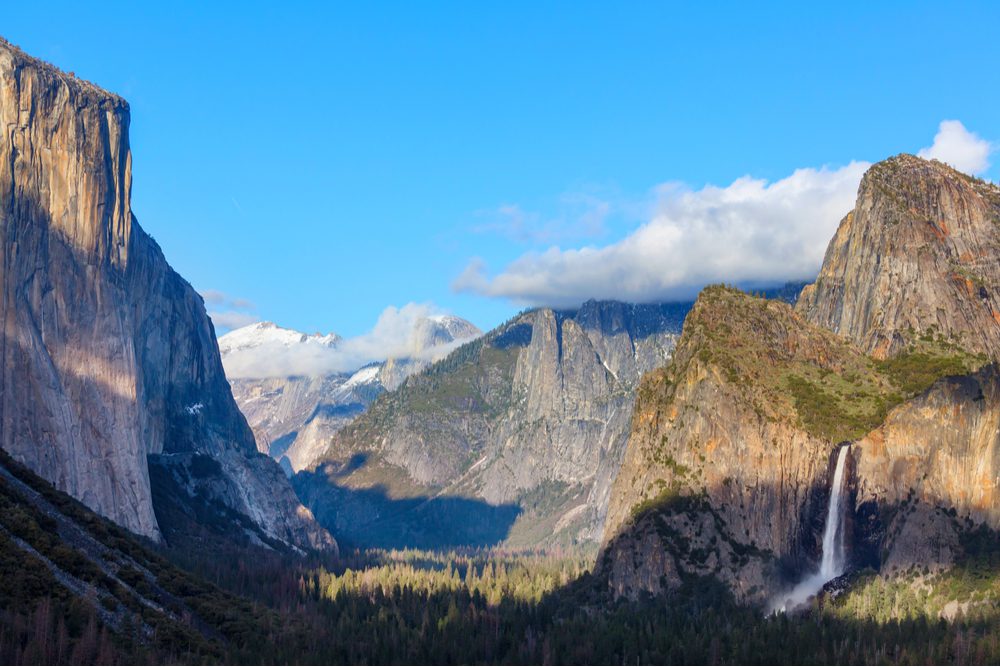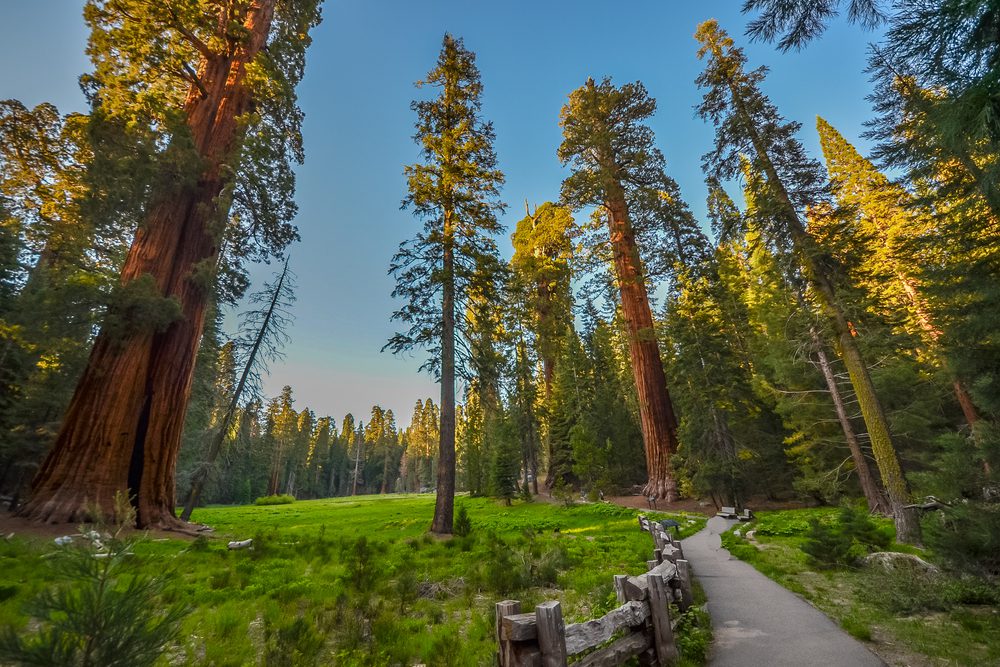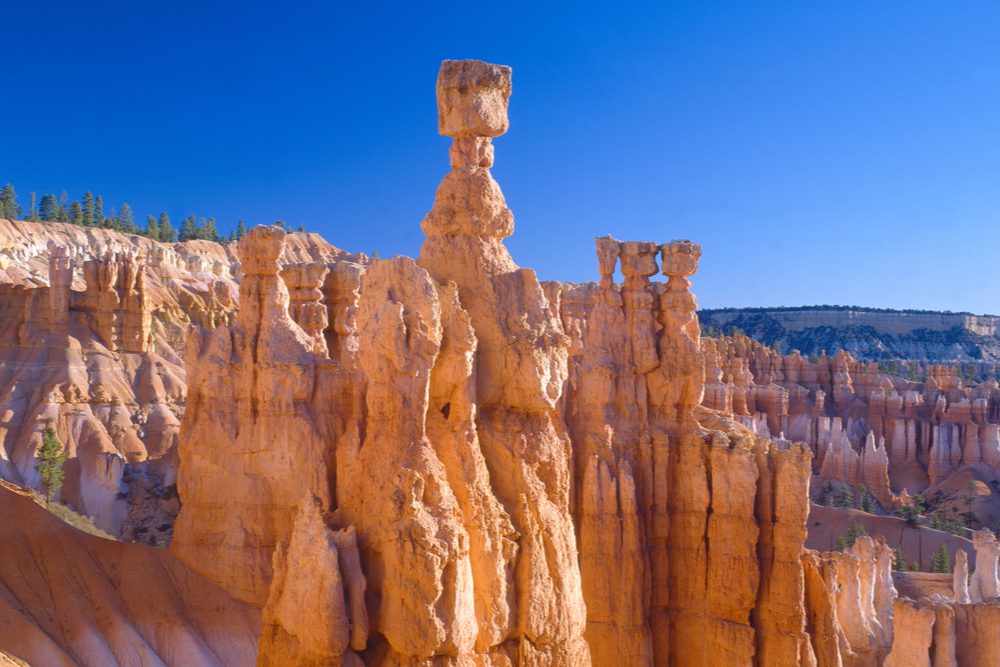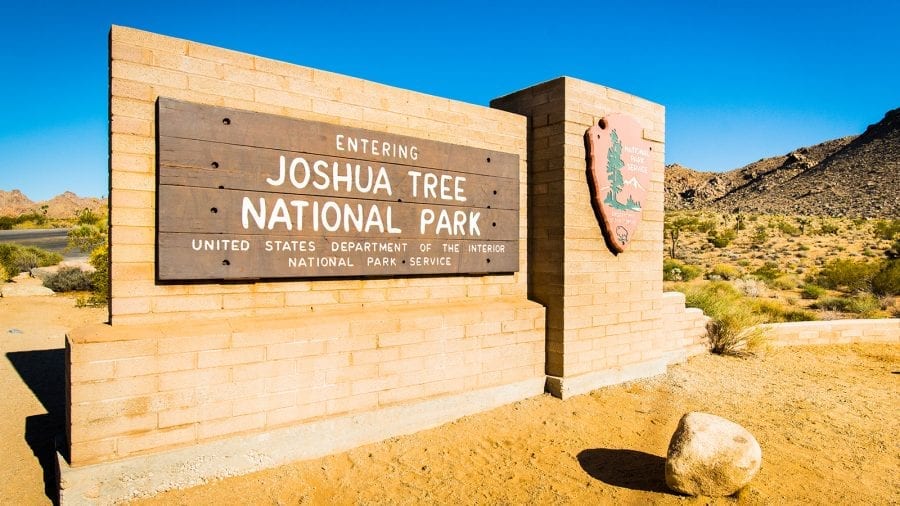
Joshua Tree National Park Quick Facts
Here are some quick facts about Joshua Tree National Park.
- Established : 1994
- Land Size : 790,636 acres
- Annual Visitors : 2.8 million
- State : California
- Entrance Fees : $15 per person, $30 per vehicle
More Reading :
Page Contents
Where is Joshua Tree National Park?
Joshua Tree National Park is located in south-central California.
It is about 38 miles from the city of Palm Springs, 130 miles from Los Angeles, 160 miles from San Diego, and 190 miles from Las Vegas across the border in Nevada.
What is Joshua Tree National Park famous for?
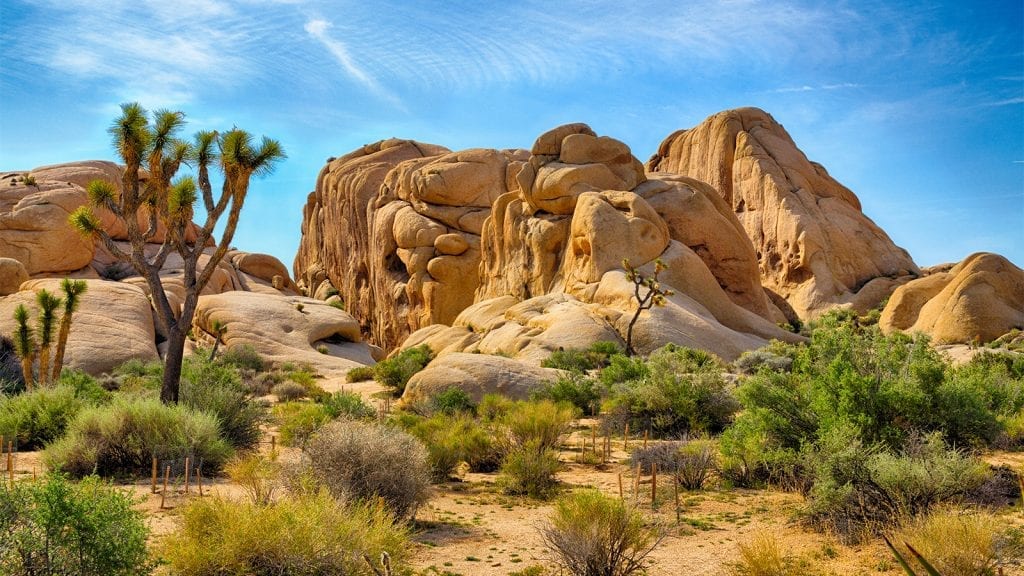
Joshua Tree National Park is famous for its namesake Joshua trees.
Despite their name, Joshua trees are a drought-resistant plant that’s actually a succulent, not a tree. Found only in the southwestern US and northwestern Mexico, Joshua Tree National Park is home to some of the largest groves of these unique plants.
Additionally, the park is well-known for its craggy rock formations, which are world-famous among rock climbers. Visitors to Joshua Tree can also enjoy its unique desert-adapted wildlife, groves of California fan palms, and some of the darkest night skies in the country.
What is the best month to visit Joshua Tree National Park?
The best month to visit Joshua Tree National Park is in April when the park boasts comfortable temperatures and the region’s succulents are in bloom.
Joshua Tree is actually located at the intersection of 2 deserts – the Mojave and Colorado – which means that summertime temperatures can be extremely hot, so don’t forget to bring your water bottle! Therefore, the spring (March to May) and the fall months (October to November) are ideal for visitors.
The winter months of December to February are also a nice time to visit the park if you’re looking to beat the crowds. Keep in mind that below-freezing nighttime temperatures are common in the winter, as is snowfall at the higher elevations.
As a result, a winter sleeping bag is a must in the colder months of the year at Joshua Tree.
What to do in Joshua Tree National Park?
How many days do I need in Joshua Tree National Park?
There’s enough adventure in Joshua Tree National Park to keep even the most expeditious among us busy for weeks on end. However, if you’re limited in time, here’s some advice for how much time you need in the park.
Three days (short trip)
Joshua Tree is a great place for a long weekend trip. If you choose to stay at one of the park’s many campgrounds, such as Black Rock or Cottonwood, you can easily access some of the area’s most popular hiking options.
For a short trip to the park, it’s worth checking out Fortynine Palms Oasis, the Hidden Valley Nature Trail, and doing a scenic drive around the area.
Seven days (long trip)
A week-long trip to Joshua Tree is perfect if you’re looking to get off the beaten path. In addition to staying at one of the park’s campgrounds, you can consider tackling a backpacking trip through Joshua Tree’s backcountry.
The California Hiking and Riding Trail is a particularly popular backpacking option, but keep in mind that cell service is limited, so consider bringing walkie talkies for communication and solar panels for charging them up in the sun.
How to get to Joshua Tree National Park?
Joshua Tree National Park is located in the heart of California’s desert south.
But, the park is located near some of the region’s largest cities, so there are plenty of transportation options to choose from.
Flights
- Palm Springs International Airport (PSP). Located just 1 hour from the main entrance to Joshua Tree, Palm Springs International Airport is a great option for people who want to minimize their driving time. The airport offers connections on most of the US’ major airlines to flights around the United States and Canada.
- Los Angeles International Airport (LAX). Los Angeles International, or LAX, is about 2 hours and 45 minutes away from Joshua Tree. It is the largest airport in the state and the second largest in the country, offering flights on nearly every major air carrier to destinations around the world.
- McCarran International Airport, Las Vegas (LAS). The largest airport in Nevada, McCarran is just 3 hours north of Joshua Tree in Las Vegas. McCarran services flights on most major airlines to cities around the US, Canada, Mexico, South America, Asia, and Europe.
- San Diego International Airport (SAN). Situated 4 hours southwest of the park, San Diego is a particularly great airport if you’re flying in from Mexico or South America. It offers flights to cities in the US, Canada, Asia, and Europe on most major air carriers. Additionally, San Diego is linked to Tijuana International Airport by the Cross Border Xpress footbridge, which provides excellent links throughout South America.
Drive
- California Highway 62. From Palm Springs, you can drive for about 1 hour on California Highway 62 to arrive at Joshua Tree’s Oasis Visitors Center in the north of the park.
- I-10 and California Highway 62. Joshua Tree is about 2.5 hours away from central Los Angeles along I-10 and California Highway 62.
- I-15, I-10, and California Highway 62. To get to Joshua Tree from San Diego, you’ll follow I-15 north before taking I-10 and California Highway 62 east to the park.
- US Highway 95. Las Vegas is located a 4-hour drive north from Joshua Tree National park along US Highway 95. If you want a bit of an adventure and a shorter drive, instead, you can take I-15 south from Vegas and drive on a series of backroads through Mojave National Preserve to get to the park.
Public transport
Public transportation to Joshua Tree National Park is limited, though it is possible to get to the park without a car. Here are your options.
- From Palm Springs. The Morongo Basin Transit Authority offers bus service from Palm Springs International Airport to the town of Twentynine Palms, north of the park with a pit stop at the Yucca Valley Transit Center. From Twentynine Palms, you can take a taxi a short distance into the park to your campground or to a trailhead. Keep in mind that there is minimal cell service in the park, so you’ll want to arrange a pickup time beforehand.
- From San Diego. Amtrak offers train service from San Diego to Palm Springs with a change of train at Fullerton Station north of Anaheim. From Palm Springs, you can follow the directions listed above to get into Joshua Tree National Park.
What to see in Joshua Tree National Park?
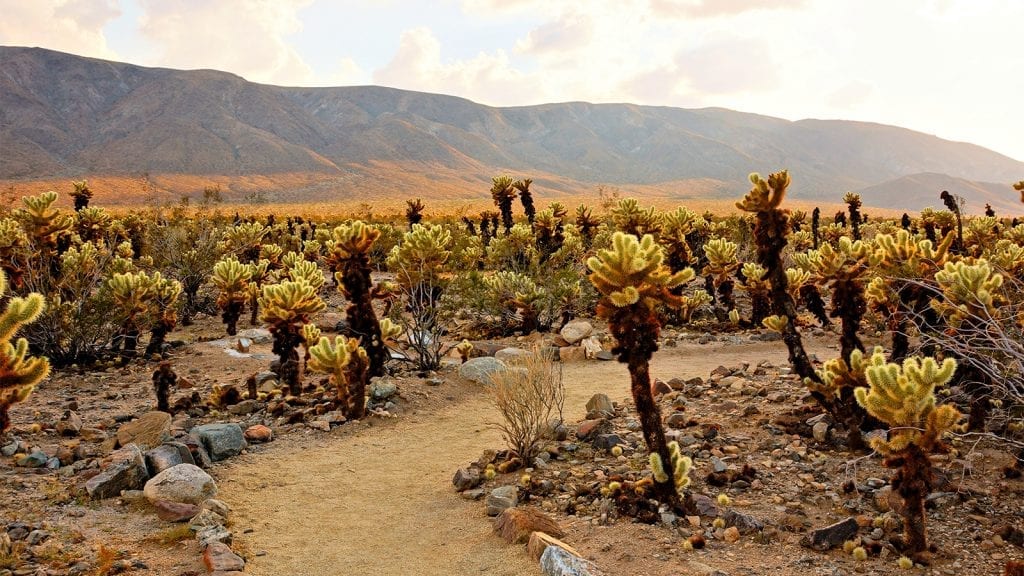
Cholla Cactus Garden
This is the desert, of course, so no trip to Joshua Tree would be complete without a chance to see some beautiful succulents. Located along Pinto Basin Road, the Cholla Cactus Garden offers a short 0.25-mile boardwalk loop through 10 acres of prickly cacti. The garden is best visited in the spring when the cacti are flowering, but it’s a nice, casual activity at any time of the year.
Fortynine Palms Oasis
Home to a sizable grove of California fan palms, the Fortynine Palms Oasis is a fantastic day hike that offers excellent opportunities to view the park’s amazing wildlife. The trail is fairly short – just 3 miles – but it does gain quite a bit of elevation. Although you can relax in the shade at the oasis, the trail is very exposed to the sun, so this hike is best done in the spring and fall.
Park Drive & Geology Tour Road
If you want to see a lot of the park in a short period of time, a scenic drive along Park Drive and Geology Tour Road is a sure bet. There are plenty of great places to see Joshua trees along both of these roads, as well as some of the park’s stunning rock formations. While Park Drive is paved, however, Geology Tour Road isn’t, so 4 wheel drive vehicles are recommended beyond the first few miles.
Jumbo Rocks
From the Jumbo Rocks campground, you can check out some of Joshua Tree’s famous rock formations. There are plenty of great scrambling opportunities in and around the campground for the more adventurous among us (just don’t forget your hiking boots!). Alternatively, there are some nice trails in the area, including the Skull Rock Nature Trail, which offers good access to the very unique-looking Skull Rock.
Hidden Valley Nature Trail
If you only have a short amount of time within the park, the Hidden Valley Nature Trail is a must-visit. This 1-mile trail near the Hidden Valley Campground takes you on a stunning loop of a rock-enclosed valley with great opportunities to spot wildlife along the way.
Ryan Peak
Perhaps the most popular peak ascent in Joshua Tree, the 3-mile hike to the summit of Ryan Peak provides a chance to get a unique view of the area. From the summit of Ryan Peak, you can gaze out over the rest of the Mojave Desert and get a birds’ eye view of the parks’ many stunning rock formations.
Gaby Pilson
Gaby is a professional mountain guide with a master’s degree in outdoor education. She works primarily in the polar regions as an expedition guide, though she can be found hiking, climbing, skiing, sailing, or paddling in some of the world’s most amazing places when not at work.
